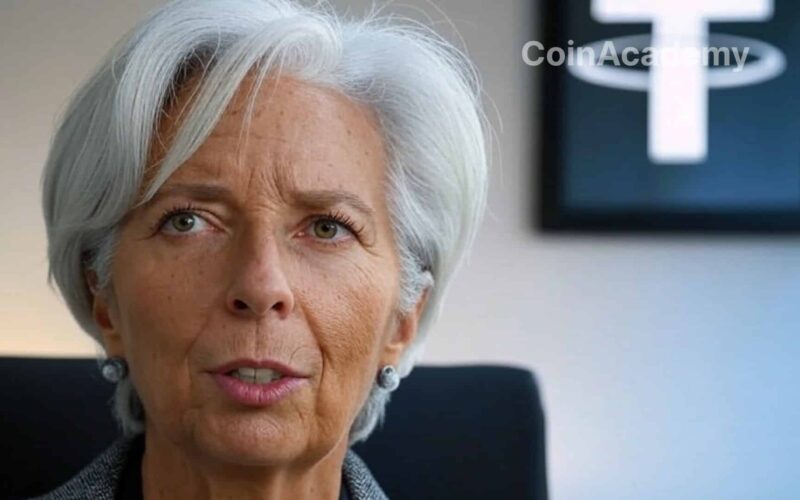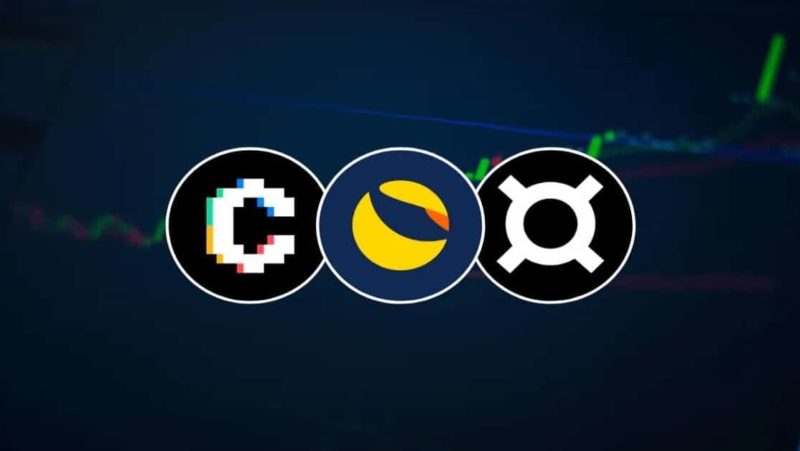Binance to Remove Non-Compliant Stablecoins in the EEA from March 31, Affecting USDT, DAI, FDUSD, and Others
Binance is set to take another step in complying with European regulations by removing non-compliant stablecoins under the MiCA legislation for its users in the European Economic Area (EEA). Starting from March 31, the platform will no longer offer trading pairs involving stablecoins that do not meet MiCA requirements.
The affected assets include Tether (USDT), First Digital USD (FDUSD), TrueUSD (TUSD), Pax Dollar (USDP), Dai (DAI), Anchored Euro (AEUR), TerraUSD (UST), TerraClassicUSD (USTC), and Paxos Gold (PAXG). This decision is part of the gradual implementation of the MiCA rules, which aim to strictly regulate the issuance and use of stablecoins in Europe.
Direct Impact for Users
While these stablecoins will no longer be tradeable on Binance within the EEA, the platform will still allow for the deposit, withdrawal, and conversion of these assets through its Binance Convert tool. The custody of these stablecoins will also remain possible, thereby avoiding a forced withdrawal for users.
Meanwhile, Binance is highlighting MiCA-compliant alternatives such as Circle’s USD Coin (USDC) and Eurite Euro Token (EURI), which will continue to be available alongside euro trading pairs. The exchange is thus encouraging its European users to convert their non-compliant holdings into regulated assets.
Widespread Adaptation by Exchanges and Withdrawal of USDT
Binance is not the only market player to conform to MiCA requirements. Other major platforms such as Coinbase, Kraken, and Crypto.com have also announced similar measures to comply with the new regulation. This standardization of practices marks a turning point for the crypto ecosystem in Europe, where regulators are imposing stricter frameworks on stablecoin issuers.
MiCA: An Evolving Framework
Effective since December 30, 2024, MiCA (Markets in Crypto-Assets) aims to create a clear legal framework for crypto-assets in Europe. Its main objective is to enhance consumer protection and ensure market integrity. However, the complete implementation process is still ongoing, with certain level 2 and 3 measures – including delegated acts and guidelines specifying detailed obligations – yet to be finalized.




